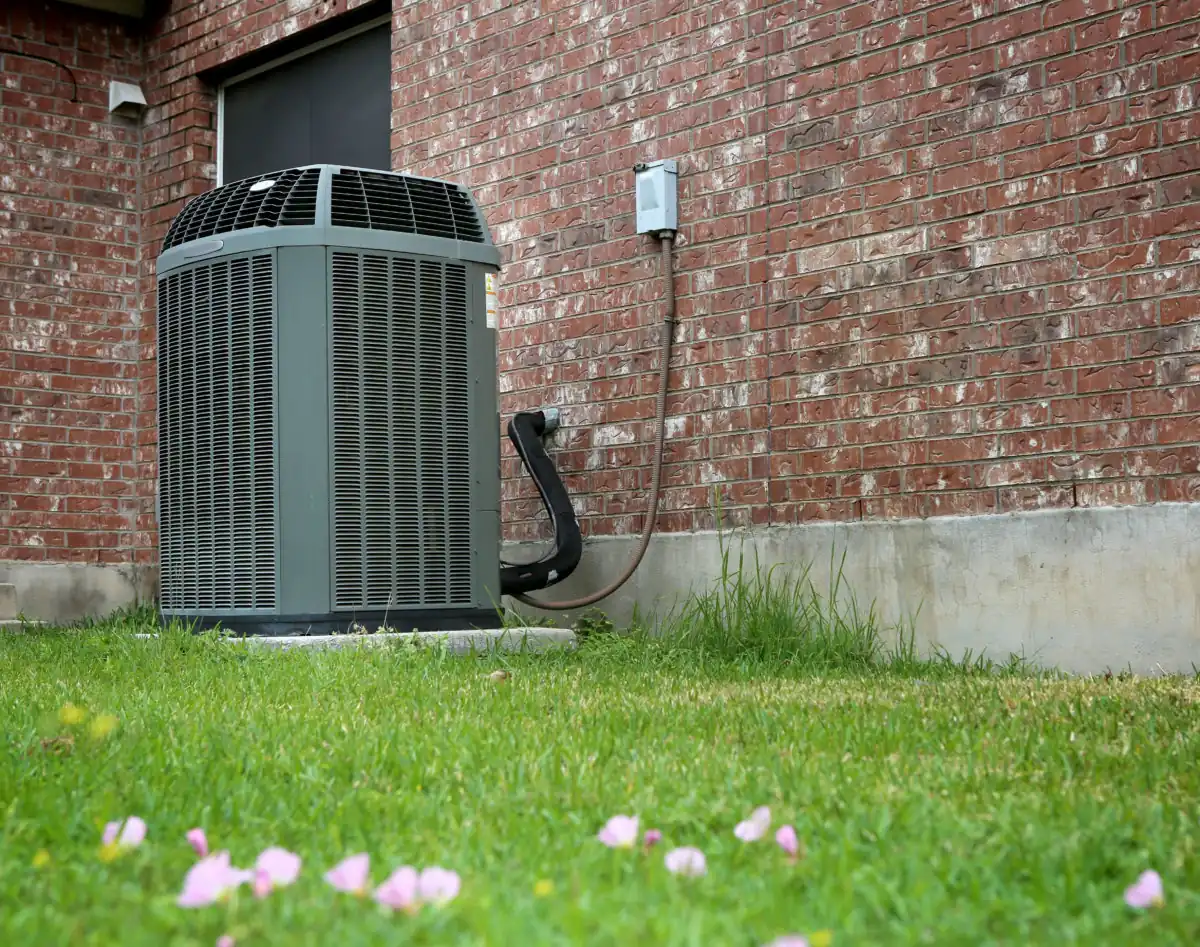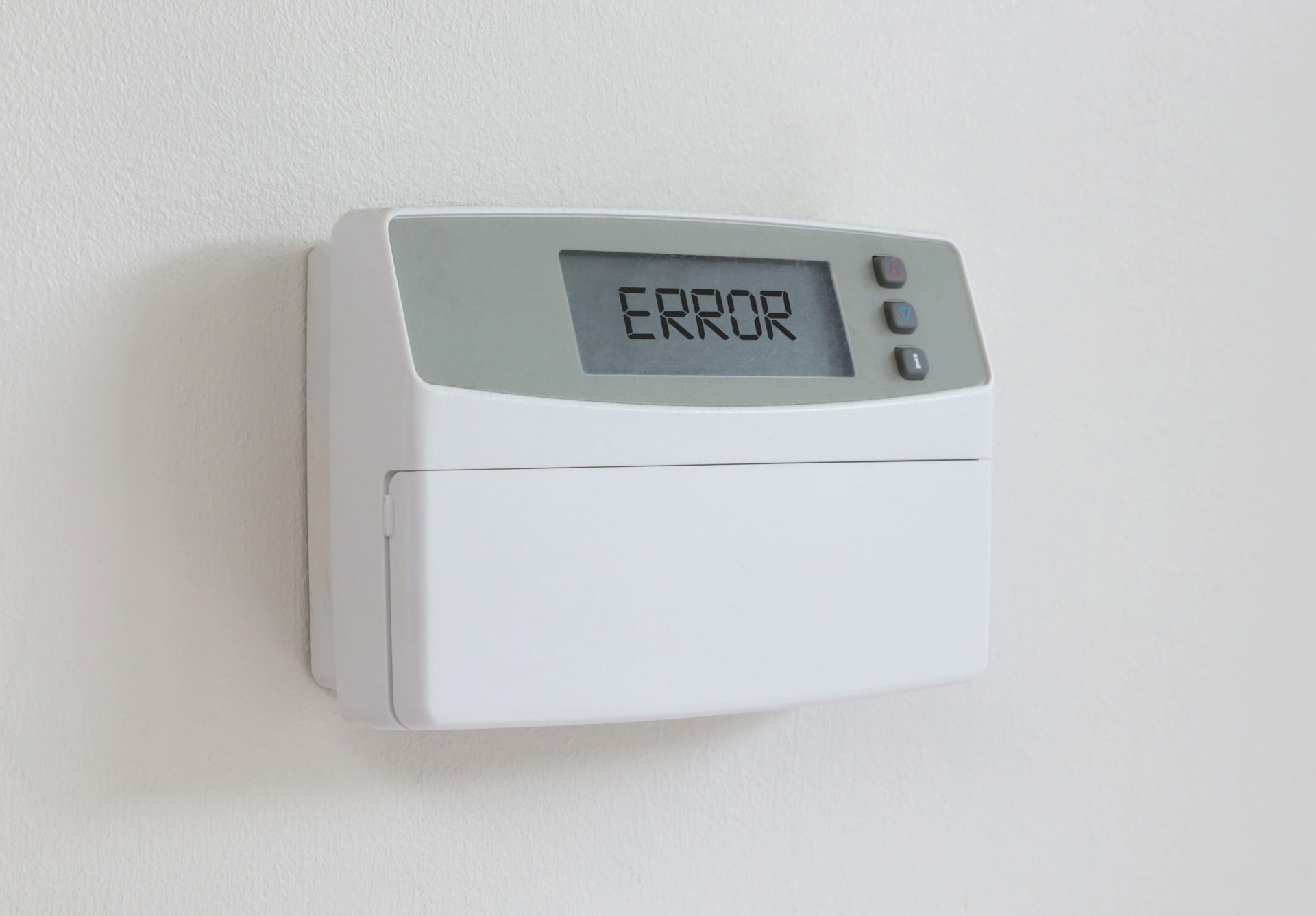6 Factor While Replacing A System
Choosing a heating/cooling system replacement is an investment in the future. The combined average service life of a furnace and central air conditioner is over 15 years. So, whatever choice you make now, you’ll be living with the results for some time to come. This includes the heating or cooling performance of the system, which has a definite impact on your day in, day out household comfort. The new unit’s energy efficiency will also directly affect the operating costs you’ll be paying every month for many seasons to come. The conclusion is clear: for optimum comfort and lowest monthly expenses, making an informed choice pays off now and years from now.
Here are six important factors that should be part of the decision-making process when choosing a heating/cooling system:
- Get The Right Size. We’re not talking about feet and inches. In HVAC terms, “sizing” refers to the BTU capacity of a specific unit. For a furnace, it’s the BTUs of heat per hour the unit can generate. For an air conditioner, it’s the BTUs of heat the unit can extract from indoor air per hour. Each house has very individualized BTU requirements depending on factors such as square footage, the number of windows, the amount and type of insulation and other characteristics such as the air-tightness of the structure. Guesstimates or “rule-of-thumb” generalities aren’t accurate enough to properly size a unit. Utilizing industry-standard sizing software, a qualified HVAC technician can perform a sizing survey to determine the precise BTU requirements of the house, then identify a heating/cooling system with the capacity specs that match these requirements. Getting sizing right is a critical first step: oversized and undersized units waste energy, cost more to operate and tend to provide disappointing comfort performance you’ll be stuck with as long as the system is installed in the house.
- What About Efficiency? Energy efficiency is built-in to a furnace or air conditioner. Manufacturers are required to determine energy efficiency of a unit by standardized lab tests. A unit’s energy efficiency rating is shown on the yellow EnergyGuide sticker affixed to all new units. For an air conditioner, efficiency is expressed by the SEER (Seasonal Energy Efficiency Ratio) rating. The higher the SEER numeral, the more energy-efficient the unit is and the lower monthly operating costs will be. Today, federal regulations require a minimum SEER of 13 or 14, depending on which region of the country you live in. High-efficiency air conditioners deliver SEER ratings over 20 at a higher upfront purchase price. Furnace efficiency is expressed by the Annual Fuel Utilization Efficiency (AFUE) rating. The higher the AFUE percentage, the more efficient the unit. Standard efficiency furnaces have an AFUE of 80% while more expensive high-efficiency units that capture spare heat from the exhaust stream offer AFUE over 90%.
- Consider Short Term And Long Term. It’s important to strike a balance between initial expense and future costs. Be cautious about considering only the upfront purchase price when selecting an HVAC system. A lower-efficiency unit from a lesser-known manufacturer may indeed have a lower sticker price. However, higher monthly operating costs year after year will erase that saving and expenses imposed by reduced reliability and more frequent repairs may add up, too. Often, cut-rate units don’t offer warranty terms that are as consumer-friendly as units from recognized, name-brand manufacturers, either. On the other hand, an advanced unit with cutting edge, very high-efficiency technology may come with such a high initial price tag that the payback time from lower operating costs may be unacceptably long for you—particularly if you aren’t planning to remain in the home indefinitely.
- Replace Both Sides Of A Central AC. A central air conditioner consists of an indoor air handler/evaporator coil and the outdoor condenser/compressor unit. Don’t attempt to save money by replacing only one half of the system or the other. All parts of a central AC are designed and engineered at the factory to operate as a matched set. Attempting to mix brand new components with old parts of the existing system will result in reduced efficiency, higher monthly expenses and, usually, shorter expected service life of the entire system, too.
- Get A Professional Installation. Proper installation of a new HVAC unit will affect the performance and efficiency of the unit for as long as it’s in the house. Installing a central air conditioner or furnace isn’t a job for a general carpenter or a local “jack-of-all-trades” handyman. It requires specific training and expertise as well as specialized tools. An unprofessional installation that doesn’t meet industry standards can negate all the improvements in monthly expenses and household comfort you expect and deserve from a new HVAC system. Make sure it’s installed by a qualified HVAC contractor with proper certification.
- Evaluate Other Household Factors. Certain other issues in a home will directly affect the performance and efficiency of your new HVAC system. For example, it’s false economy to connect a brand new HVAC system incorporating the latest technology to old, deteriorating household ductwork. You will lose a large volume of conditioned air through duct leakage before it even reaches the rooms it’s supposed to cool or heat. Have the ductwork tested for leaks at the time the HVAC system is installed (in many areas, local codes now require this.) If the leakage rate exceeds standards, your HVAC contractor can present options to seal the ductwork. Similarly, if you haven’t upgraded the insulation in your home in many years, it’s probably under-insulated by today’s standards. To make sure you get the full efficiency and performance improvements your new HVAC system is designed to deliver, check the level of attic insulation and upgrade if necessary to meet current Department of Energy recommendations for your local climate zone.
For professional assistance in selecting a new HVAC system, as well as qualified installation that meets industry standards, contact the heating and cooling experts at TemperaturePro by contacting us today!



